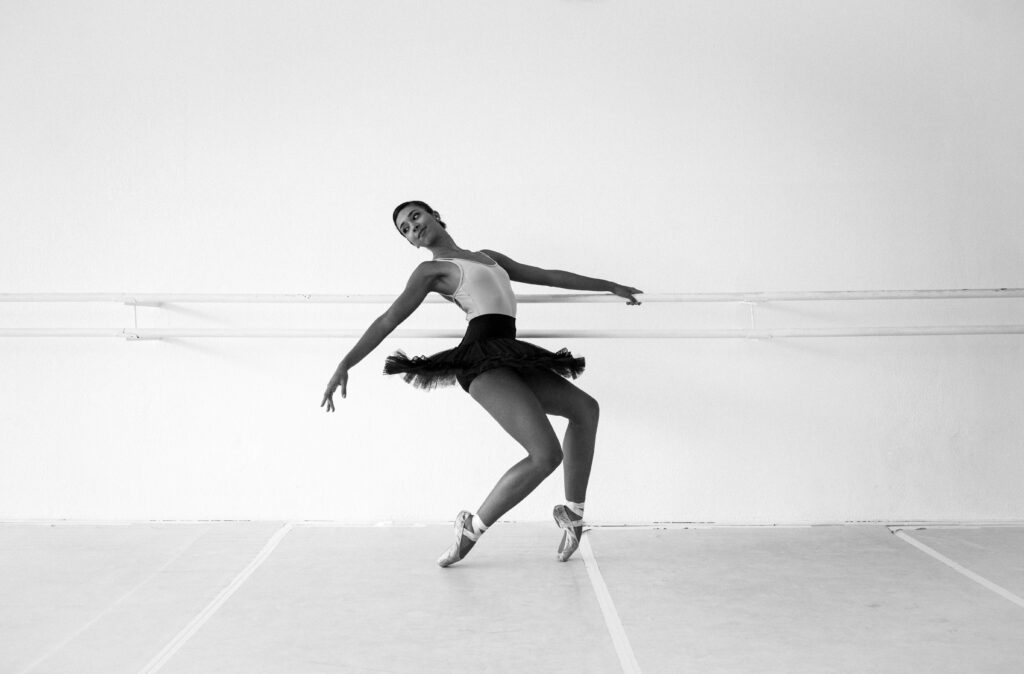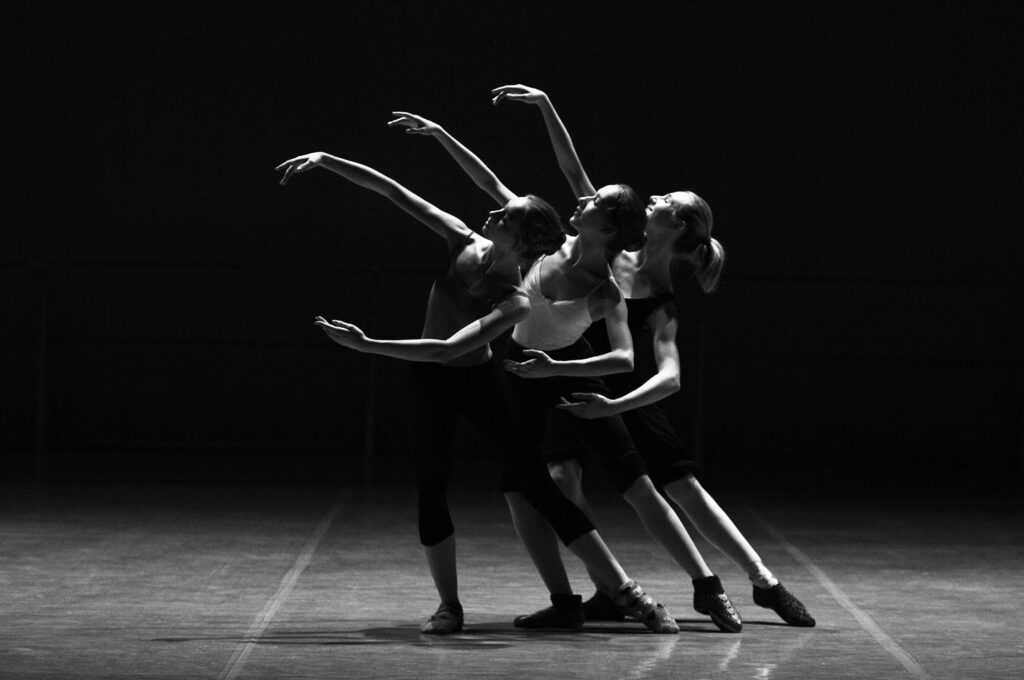
3. Results
Three domains of information were reported on.
- Continued development of the screening protocol
- Continued development of the wellness program
- Continued development of the ballet company’s approach to rehearsal
Let’s take a look at each of the specifically.
1. Continued development of the screening protocol
Strengths and benefits of the process were reported as a change in perception of dancers’ movements that would not have otherwise been assessed. This seems to allow the opportunity for health care professionals to better understand dance-specific performance.
Limitations from a dancers perspective seem to be limited understanding of the results and diagnoses found upon assessment. The limitations reported by the assessors include an inability to receive the test results in order to link deficiencies with injuries in order to create a proper plan of care for the dancer. A lack of dance-specific cardiovascular fitness was not implemented within the first round.
The second round of screens addressed the above mentioned limitations and included a meeting with the company physician to explain the results and make recommendations for the dancer.
Additional recommendations were made by the dancers to include psychological and nutritional counseling as well as advice on smoking cessation. These suggestions allowed for additional communication between dancers and health care professionals. Other concerns that were addressed include past and current injury history. In the year prior to the screen, nearly half (14 out of 30) of all dancers sustained an injury and 21 of 30 had a current injury. One challenge with injury prevention programs speaks to providing either specific, individual plan of care or a general, group-based treatment option. There are financial as well as time-related constraints.
In this particular study, the ballet company performed two different shows, for one year each. The first show was more technically and physically demanding whereas the second show required less technical and physical roles. Of note is that the artistic staff reported more injuries in the second season than the first. This may be attributed to poorer physical fitness levels with the start of the second season compared with the start of the first season. It has been well documented in the literature that dance rehearsals do not provide a stimulus great enough to improve cardiovascular fitness to a level that is demonstrated while performing. In other words, the energy expenditure when performing is significantly greater than that during rehearsals. This “gap” in cardiovascular endurance may be a causal factor in experiencing an injury. These findings shed light on the fact that performance and injury prevention programs may benefit ballet dancers. The implementation of a program requires an adjustment in ballet rehearsal schedule to accommodate for perceived levels of fatigue and time-related issues with concomitant training (technique/performance and strength/cardiovascular exercise).
2. Continued development of the wellness program
The second and third rounds of reassessment demonstrated that dancers were interested in psychological and nutritional counseling as well as smoking cessation. Other areas that were identified by the researchers was the necessity of a balance program after nearly half of the dancers demonstrated poor balance with assessment. Cardiovascular and muscular weaknesses were also identified, allowing the wellness program to address this issue.
The continued screening throughout the program helped the researchers better understand the perspective of the dancers as well as the areas within the program that required attention. Individual and group remedial work was implemented.
3. Continued development of the ballet company’s approach to rehearsal
It is well known in dance literature that rehearsals does not adequately prepare dancers for performance in the domains of cardiovascular and muscular strength. The researchers noted that the order of learning multiple shows can alter the injury rates. Less demanding shows may not expose dancers to enough “good stress”, making them more susceptible to injury for subsequent performances. Thus, it is recommended that the intensity and volume of dance rehearsals be taken into consideration when developing a dancer wellness program. If the dancers frequently engage in start-stops throughout the rehearsal process, they may be losing out on their cardiovascular health.
Conclusion: The benefits of a developmental process employed by a team of health care practitioners, dancers and artistic directors allows for an opportunity to open discussion in how best to identify and address dance-specific problems. Communication amongst team members provides the catalyst to provide effective screens and treatment plans to prevent and treat injuries in the dance community. While the model described above “worked” for a single ballet company for 2 years in Canada, a different approach may be required for a different style of dance in a different part of the world.

